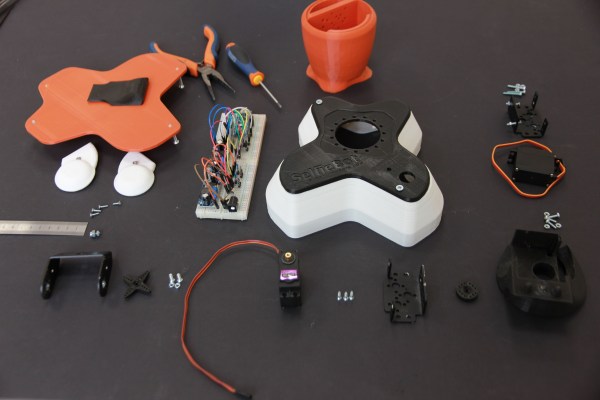The Valve Index VR headset has been around for a few years now. It doesn’t come with eye or face tracking, but that didn’t stop inspired folks like [Physics-Dude] from adding DIY solutions in elegant and effective ways using a combination of hardware, open software, and 3D printable parts.
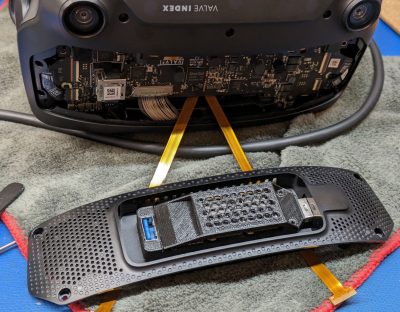
This project leverages the EyeTrackVR project (and optionally, Project Babble for mouth tracking) which both have great applications particularly in social VR spaces.
These are open-source, self-contained and modular solutions intended for a variety of hardware platforms. Of course, every millimeter and gram tends to count when it’s something that gets worn on one’s head, so [Physics-Dude] tailored a solution specifically for the Valve Index. His project makes great use of the platform’s hacker-friendly hardware design.
[Physics-Dude] also makes excellent use of a certain widely-available “gumstick” style USB hub as an important part of his build. Combined with with the front-mounted USB port on the Index, it results in an extremely compact and tightly integrated solution that looks great. While it can be risky to rely on a particular off-the-shelf item in a build, doing so absolutely has its place here.
The documentation is fantastic, including welcome guidance on cable routing and step-by-step instructions. If you’ve been interested in adding eye tracking to a project, be sure to give it a look. Already have eye tracking in a project of your own? Tell us all about it!

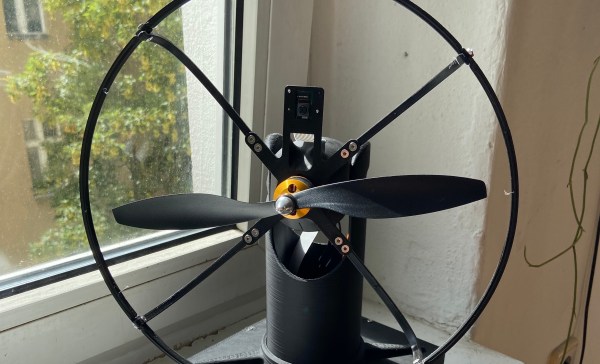
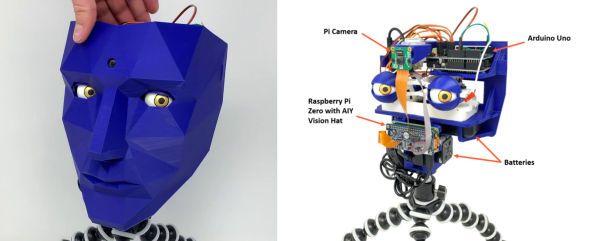
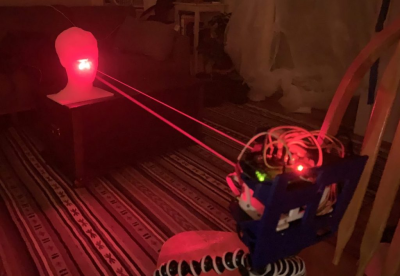

 In Ningbo, cameras oversee the intersections, and use facial-recognition to shame offenders by putting their faces up on large displays for all to see, and presumably mutter “tsk-tsk”. So it shocked Dong Mingzhu, the chairwoman of China’s largest air conditioner firm, to see her own face on the wall of shame when she’d done nothing wrong. The
In Ningbo, cameras oversee the intersections, and use facial-recognition to shame offenders by putting their faces up on large displays for all to see, and presumably mutter “tsk-tsk”. So it shocked Dong Mingzhu, the chairwoman of China’s largest air conditioner firm, to see her own face on the wall of shame when she’d done nothing wrong. The 
